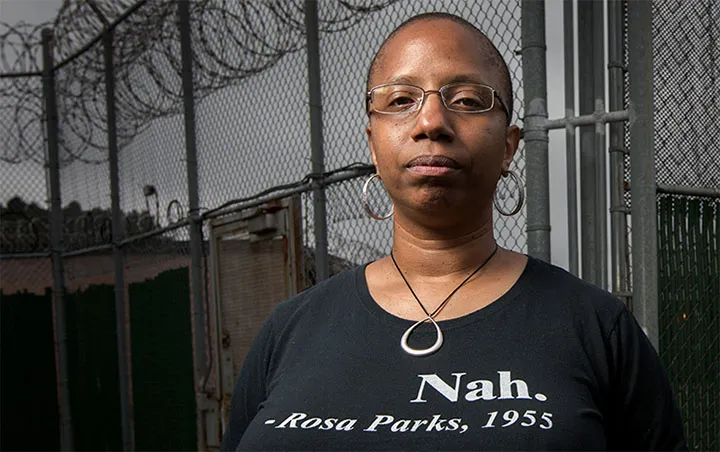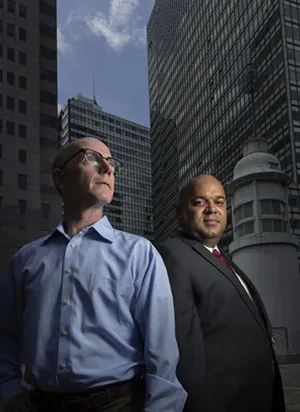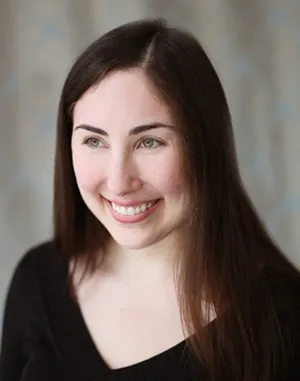Unbarring Progress

“In all of the facilities I’ve studied or taught in,” says Erin Corbett ’99, CEO of Second Chance Educational Alliance, “those who are incarcerated are so wanting to be in school, take classes, and better themselves."
Being a Swarthmorean means being part of a long line of forward-looking social-justice workers, stretching back to the early years of the United States, Quakerism, and the movement for the abolition of slavery. But even as much of the 19th-century Philadelphia Quaker community was agitating for an end to one “peculiar institution” that put human beings in chains, destroyed families, and enforced unpaid labor, those same Philadelphians were experimenting with another: the modern prison. Eastern State Penitentiary, built in 1829, is seen as an important early model for a U.S. prison system that has exploded in size since the civil rights movement.
Over the years, many members of the greater Swarthmore community have led efforts to fight this disturbing trend—to shrink the prison system, make it more humane, and offer those currently or ever incarcerated greater opportunities for advancement and rehabilitation. Partly at the suggestion of a Swarthmore professor, the late H. Haines Turner ’30 refused his family inheritance and spent decades devoted to improving prison conditions. More recently, the Bulletin has highlighted the work of reformers such as Ellen Barry ’75 [pdf], Julie Biddle Zimmerman ’68, and Keith Reeves ’88.
The problem of prisons remains unsolved … for now. But no matter how challenging the political climate may prove, Swarthmorean lawyers, writers, educators, and activists continue to dedicate themselves to the complex challenge of prison reform, one of the key civil rights issues of our time.
Read more "Unbarring Progress" - featuring educator Erin Corbett '99 (above), Seth Steed '01 and David Crow '80, and Maya Schenwar ’05 - in The Bulletin. Listen to Corbett's talk from November in which she urges a closer examination of the limited educational and post-prison employment opportunities that contribute to recidivism.

“It’s an incredible feeling—there’s really nothing else like it,” says David Crow ’80 (left), with Seth Steed ’01, on getting the conviction of a client overturned. “It makes you just want to go back and fight harder.

“With the exception of a few prison nursery programs (which are controversial, because they involve locking up newborn babies), incarcerated mothers must say goodbye to their infants upon birth,” Maya Schenwar ’05 wrote on Truthout.
Learn about Swarthmore’s impact on the local and global community at lifechanging.swarthmore.edu.



